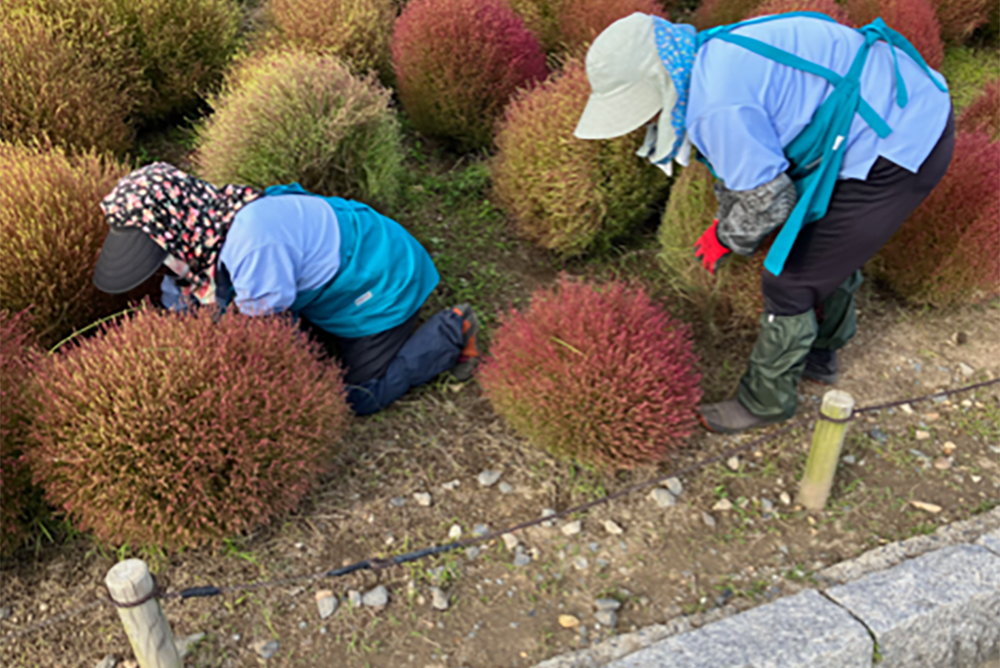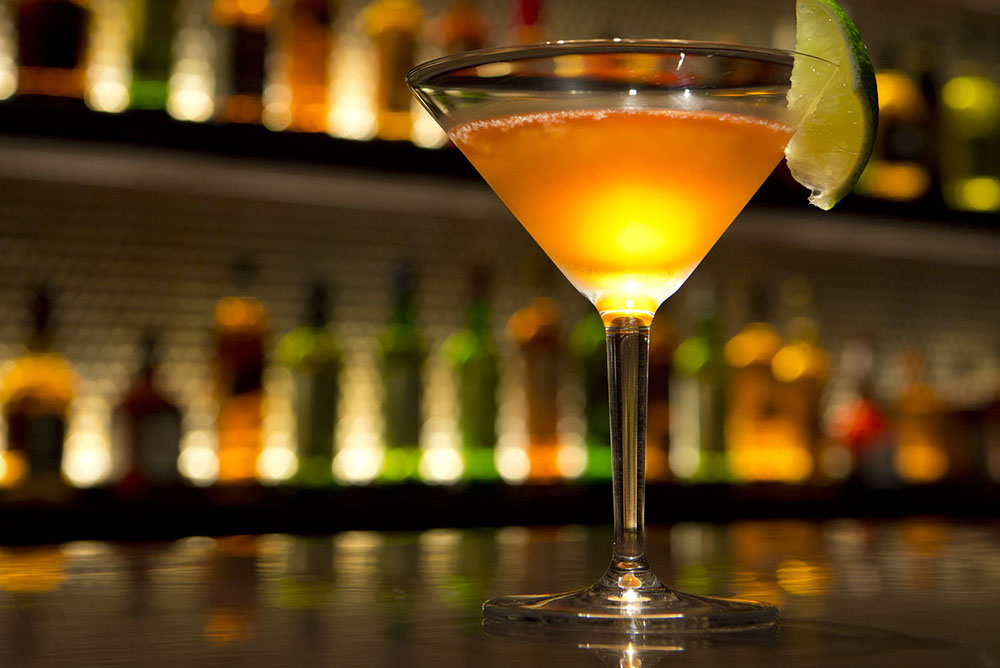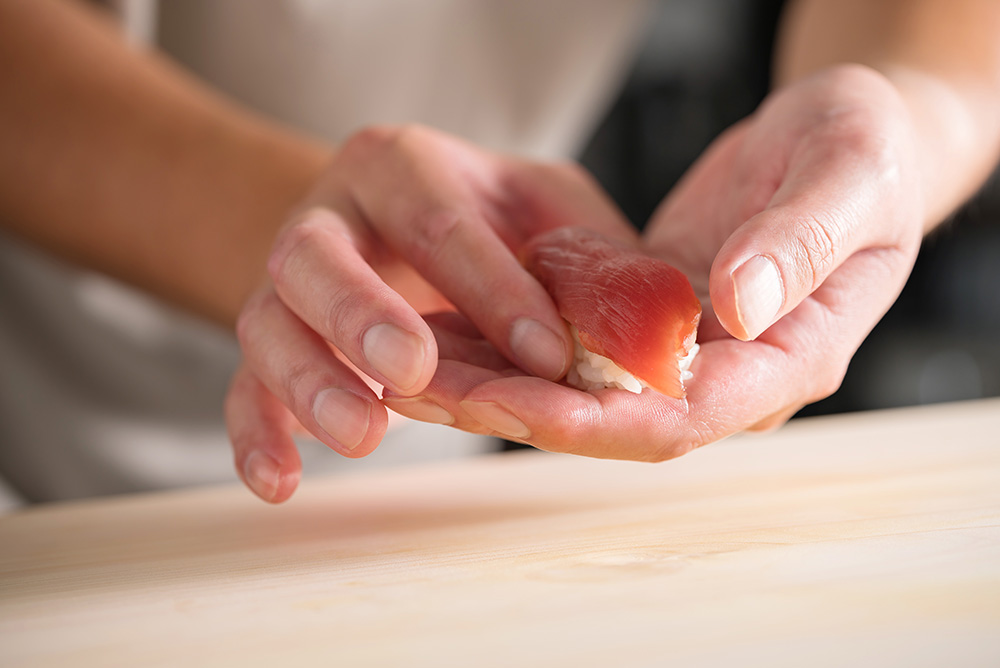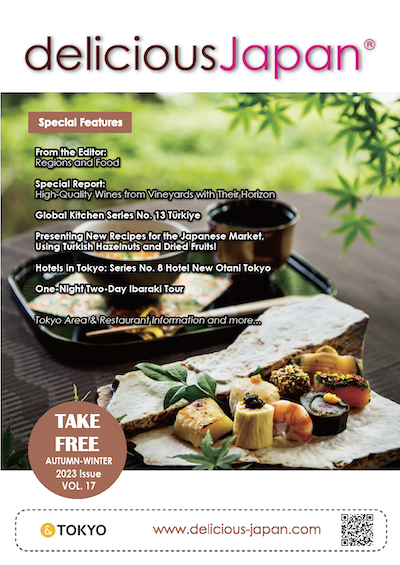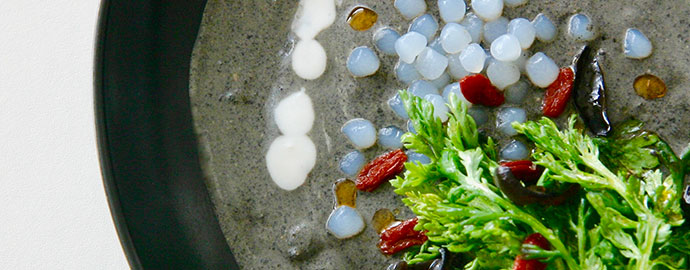
"Natural Food: Audition to Discover New Recipes"
REFLECTIONS
FROM FINALIST & EXHIBITOR
Q: You provided konjac ingredients as one of support companies for this event. What kinds of recipes did you anticipate from the cooks?

We provided three items: sweet potato konjac, konjac noodles with pearl barley, and konjac powder. We were really excited to see what kind of recipes people would produce. Noodles are easy to arrange in soups or as fried noodles, and the sweet potato konjac has a strongly Japanese character, so we were thinking it would be interesting to see some novel Japanese-style stews. As for konjac powder, our company applied for this audition event as a contestant last year, with a recipe of konjac mochi using konjac powder. For this year's audition, we thought it would be interesting if someone made some konjac that would be delicious to eat raw.
Q: When you saw the recipes that were actually offered, and tasted them, how were they?
All the recipes were very original and we were surprised. The lineup was packed with body conscious, healthy ideas.
For this audition, finalists used three in the Main Dishes Division and one in the Sweets Division. The chili con carne with sweet potato konjac was a tasty recipe made with nutritional value in mind. You can enjoy the different sensations of various ingredients, like soybeans, cloud ear mushrooms, and konjac, and the konjac was a very good match for the western-style sauce.
The vegan calamari rings didn’t just make konjac into rings. Instead, the rings were temporarily frozen so the konjac finished up just like real squid. It’s healthy even though it’s fried, and ideal for snacking. I’m sure that would be a popular recipe overseas.
The milk potage of black sesame and sprouted brown rice with powdered konjac, which won the Grand Prix in the Main Dishes Division, was made particularly delicious by the depth of its soup flavor. The compatibility with powdered konjac was outstanding. We plan to present it on our recipe site.
The kimoto sake konjac cake had konjac powder kneaded into it, and that addition of konjac powder gave it a moist and fluffy texture.
The konjac powder also has a lumpy texture, while the sake has mild fragrance, to make a Japanese-style design with a new sensation. These were all recipes that none of the people directly involved in producing the ingredients could have imagined, and we were impressed by how good they all tasted.
Q: As a producer, what aspect of konjac would you like people to concentrate on?
Konjac is a processed food with over 1,500 years of history. Long ago, it was used as a medicinal food, and the tradition of using it as a gastric cleanser, for its detox effect, has been handed down. Outside Japan, konjac root was used in Ayurveda, the Indian traditional system of medicine. In India it is called "elephant yam".
There are few researchers of konjac, so little is known about it, but it is known to be high in dietary fiber and low in calories. That's why it's in the spotlight as a health food as well as an ingredient in washoku. It is also effective in dieting for weight loss, but more than that, I think bringing it gradually into everyday meals provides detox effects, contributing to a more healthful diet. Having no flavor of its own, it never clashes with other ingredients, so you can enjoy it with any cooking method you can dream up.
Q: Many cooks created konjac recipes this time. What did you learn that will be useful in future development?
The common thread in all the recipes was that they were free of the characteristic smell of konjac but made good use of its mouth feel. That unusual smell is a disadvantage of konjac, but it can be greatly reduced with proper pretreatment. For example, the vegan calamari rings temporarily froze and then thawed the konjac had the same effect as akunuki (soaking or boiling to remove unpleasant flavors), as well as removing moisture to give a fluffy texture. It was very instructive to see the good properties of konjac being drawn out so skilfully in the cooking process.
We often hear from overseas people that the smell of konjac bothers them, so we want to examine the entrants' ideas to see whether they can be incorporated into manufacturing processes.
Q: What is IA Foods planning to do next?
Konjac Innovation! We want to carry on the old traditions of konjac while bringing in new ideas and techniques as we continue to plan and deliver appealing products. As the times change, people’s needs diversify, but we want konjac to remain an essential part of their lives.
To that end, as well as selling konjac as it stands, we need to try new things in its processing and forms, and to reconsider standards for konjac as an ingredient that's easy to process and simple to cook with. We want to keep on looking for more and creating better products.

